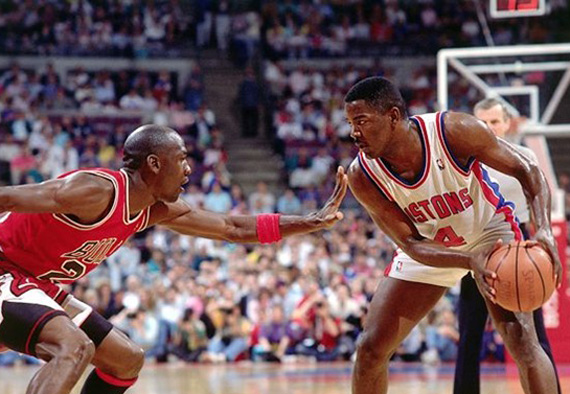For creating a positive learning environment, it is important that as a leader, teacher or coach you are aware that everyone learns in different ways and at different speeds. I want to write this blog to be more about how to implement and apply these learning styles. Have each player and coach take a learning style survey so you can better understand how to get information across to your team. What is the value in understanding your player's learning style? Most of the time, there is a short amount of time that a team has to get everybody on the same page or to make a quick adjustment in a time out or half time, so knowing your player's learning styles will help with how you communicate. Once you discover your learning style as a player or coach, here are some tips for coaching each learning style:
- For the Visual Leaner, make sure to draw the play up for them to see first. Also, in practices when introducing drills - have someone else do a walk through so they can see what it looks like first. Also, watching film is the best teacher for the visual learner. Film of them in practices or games helps this learning style a ton! So the more visual aids you can find to get across the play, lesson, scout etc. --- the better!
- For the Audio Learner, you will need to perfect your ability to articulate exactly what you mean. You know the saying - "Say what you mean and mean what you say." This is so vital for the audio learner because they learn based on hearing. One thing in particular that I have learned with this learning style is that open dialogue and discussion is so necessary to limit and control when bringing forward new information. Here is why - this is their primary form of learning and they will learn the wrong information or get confused if there is not a clear concise message they hear. These learners probably enjoy songs with lessons or even audio books as a form of learning.
- Read/Write Learners can retain information better the more they read or write it. These learners are almost self taught and probably enjoy online classes as they are able to read information and comprehend it without anyone actually reading it to them. Another thing that helps this learner is TAKING NOTES! The more they write or read over the notes, the more they will understand.
- Kinesthetic Learners are at their best learning when they can actually do something or engage in it. Now - do not be deceived, just because they are kinesthetic does not mean they can do something once and learn it. For instance, when coaching a kinestheic learner, they may have to do the same drill multiple times before they can understand how to do a particular skill. The kinesthetic learner's best friend will be repetition!!! For these learners - homework can be so beneficial for them to do because the more they do it, the more they will comprehend it.
This blog was written with the intent to help anyone that is in a leadership position as being someone that needs to teach or coach people from different backgrounds. Please keep in mind that all people learn at different SPEEDS as well!!! So just because an audio learner hears something once, does not mean they get it. Remember that no matter what learning style your team has - they all need repetitions.
As a coach, once I got a hold of really appreciating these learning styles I was able to create environments that would accommodate these different learners. Another reason my teams play so hard for me and my players give me such great effort is because they UNDERSTAND what I am saying. Not because of me being a "great coach" but really more because I am compassionate and understanding that not everyone learns the same way. So I must be sensitive to them individually. Preseason is so vital to teams bonding and really understanding my expectations as a coach. So I must intentionally create practices, meetings and film sessions that engage all learning styles so that each one of my players is able to grow and learn our team identity and style of play.
HOW?
We give each player a hard copy of our first 5 plays to start the season. We will have a class where we walk through drawing up each play and each option out of the plays based on how the defense guards it. This really appeals to the read/write learner. Then we would show the team video footage of practices and how we see them and ask a very plain question - "Is this your best effort?" They would always say no. So this is an opportunity to show more raw film and they get to see themselves from a third party perspective. This appeals to our visual learner and trust me, in our next practice, their effort is on a different level. Another thing we always do the day of learning any new drill or play, I always verbally explain what is about to happen (for our audio learners) then we walk through it (for the kinesthetic learners) which helps everyone get another visual of our new play. I hope that these nuggets help somebody improve in some kind of way.





















